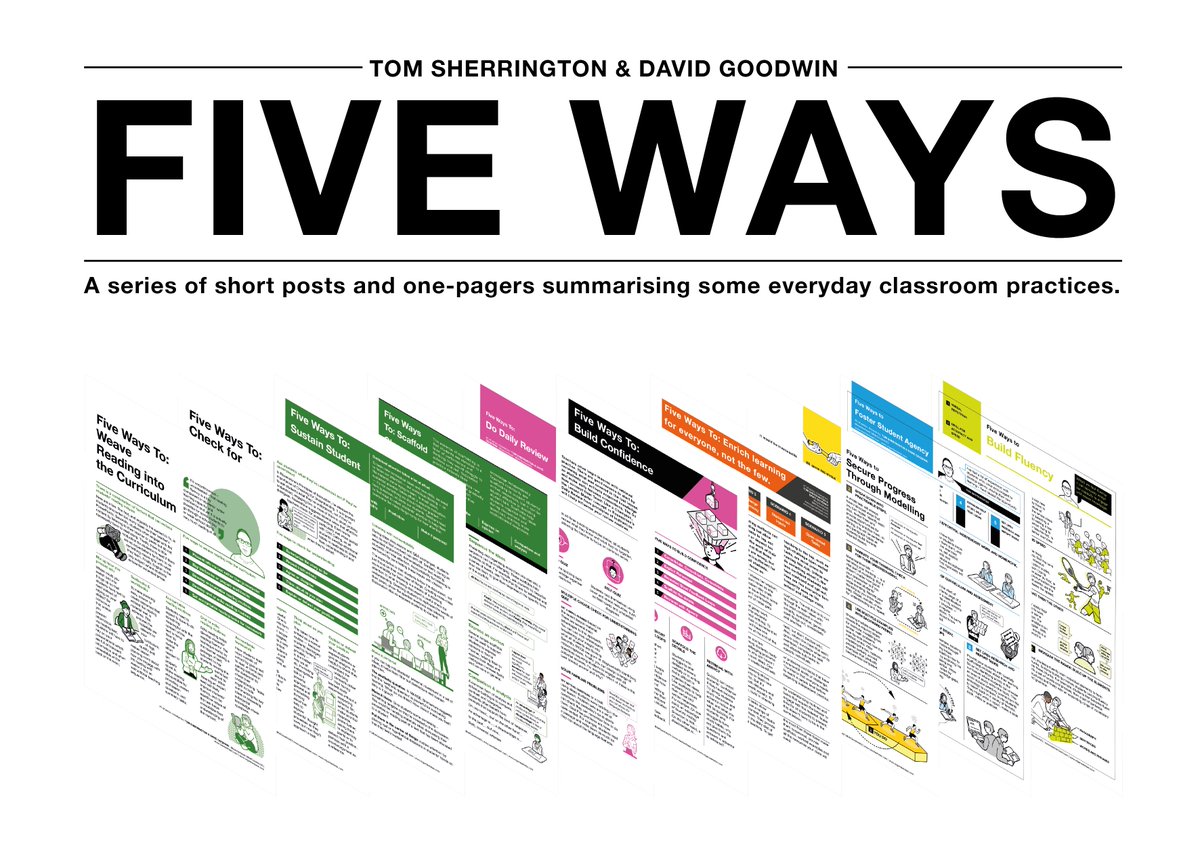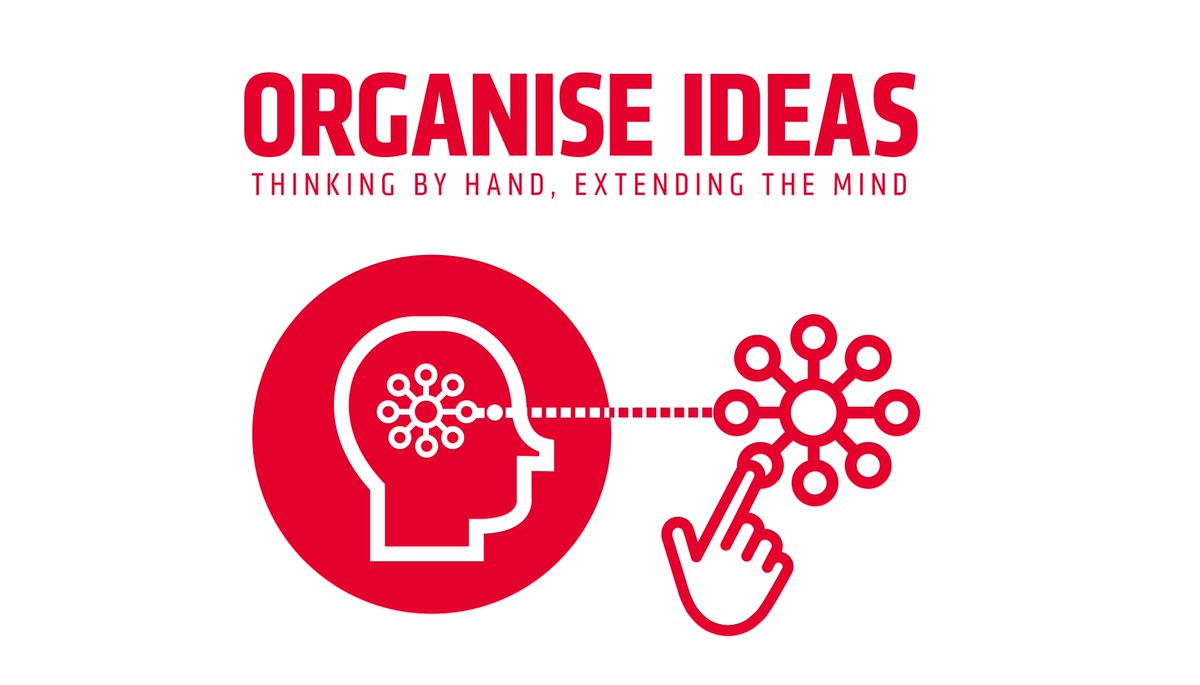Today we break up for half term and temporarily close our doors whilst continuing to work on our plans for the next challenge that comes in September. Despite what some people believe schools have never been closed. This year has been incredibly challenging for everyone but wow
What an incredible collective effort from every teacher up and down this country. Genuinely blown away and inspired by some of the amazing work I’ve seen and the sheer will to give every young person the best possible education in the midst of uncertainty. I would like to
Thank every single member of the #edutwitter community - you all are a true heroes and however you spend your summer take some time to rest. New challenges await but we will continue to rise to them and do what we do best #NotAllHeroesWearCapes
• • •
Missing some Tweet in this thread? You can try to
force a refresh













